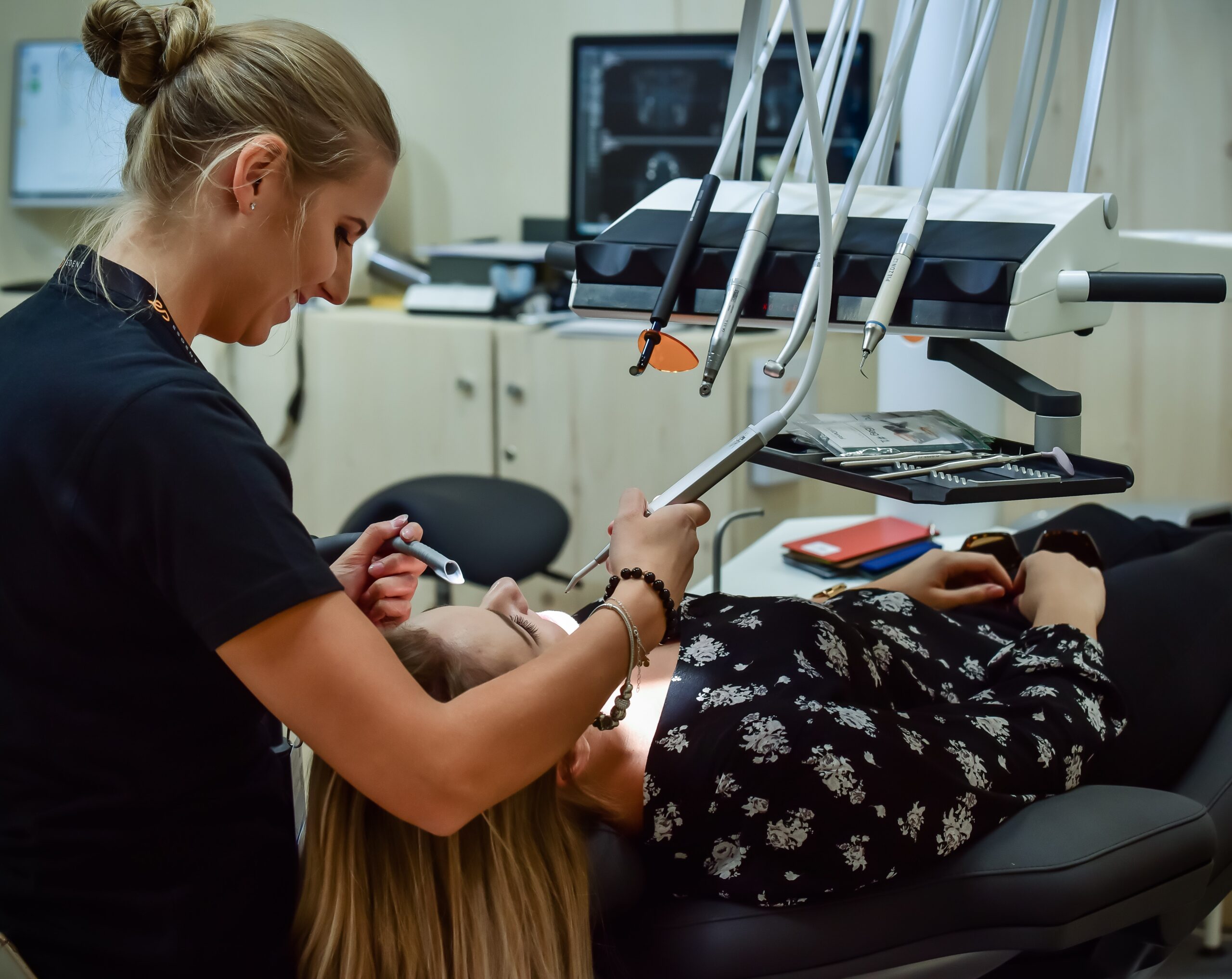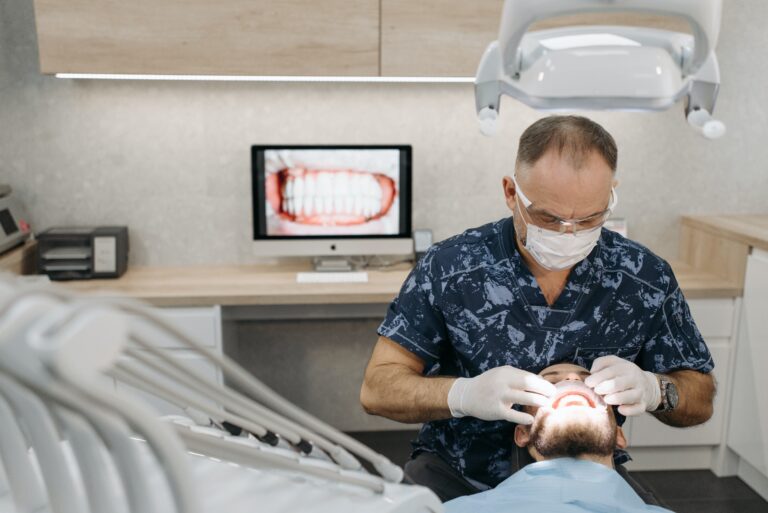Does Dental Insurance Cover Bone Grafts?
Dental insurance and its coverage policies have been a topic of considerable discussion, especially as dental procedures continue to evolve and become more advanced. One such procedure is the bone graft, which, although deemed essential by dental professionals in many scenarios, is not always covered by insurance. This article delves into the intricate world of dental insurance and its stance on bone grafting.
Bone Grafts in Dental Medicine
Before we discuss insurance, it’s essential to understand what a bone graft is and its role in dental medicine. A bone graft is a surgical procedure aimed at replacing missing bone, particularly in the jaw or skull.
- Primary Uses: The foremost uses of bone grafts in the dental domain are to augment the jawbone for dental implants, treat severe periodontal diseases leading to bone loss, and preserve a tooth extraction site.
- Types of Grafts: The type of graft you receive often depends on the purpose. Common grafts include:
| Type of Graft | Description | Cost |
|---|---|---|
| Autografts | Using the patient’s own bone | $3,000 |
| Allografts | Using donor bone | $3,000 |
| Xenografts | Employing animal bone | $2,000 |
| Synthetic grafts | Utilising artificial materials | $800 |
Does Dental Insurance Cover Bone Grafts?
- Partial Coverage for Medically Necessary Grafts: While implants typically don’t receive dental coverage, bone grafts may receive partial coverage if deemed medically necessary.
- Supplemental Dental Coverage: This type of coverage can help pay for the bone graft surgery but generally requires a 6-month waiting period.
- Using Health Insurance: In cases where bone loss occurs due to an accident, injury, or a non-dental medical condition, individuals may utilize their health insurance for bone graft coverage.
- Dental and Medical Benefits: These can be used for bone grafts when bone loss severely compromises an individual’s ability to eat and alternatives like dentures are not feasible.
Patients might require bone grafts to address jawbone loss or to support dental implants. The procedure can be costly, but both dental and medical coverages offer potential financial assistance, though with specific stipulations.
The coverage for bone grafts under dental or medical insurance varies based on the underlying reason for the procedure and the specifics of an individual’s insurance plan. It’s vital for patients to understand the nuances of their policies to make informed financial decisions regarding their dental health.
How to Bill Bone Grafts to Medical Insurance
Successfully billing bone grafts to medical insurance requires an understanding of the necessary codes and the ability to present compelling clinical evidence of medical necessity. Here’s a step-by-step guide:
1. Establish Medical Necessity
Before attempting to bill for the bone graft procedure, it’s paramount to establish that the procedure is medically necessary. This could be due to conditions like jaw pain from severe atrophy, oral tumors, trauma or difficulties in eating.
2. Use ICD-10 Diagnosis Codes
Once the medically necessary condition has been identified, assign an appropriate ICD-10 diagnosis code. Examples of diagnosis codes include:
- K08.23: Severe atrophy of the mandible
- R68.84: Jaw pain
- There are also specific codes for conditions such as oral tumors, injuries or trauma, and difficulties eating.
3. Identify Relevant CPT Procedure Codes
After diagnosis, you will need a CPT (Current Procedural Terminology) code to specify the exact procedure. For bone grafts, there are distinct codes for the upper (maxillary) and lower (mandibular) jaws.
4. Complete the CMS 1500 Medical Claim Form
This step involves compiling all the relevant information, including:
- ICD-10 diagnosis codes
- CPT procedure codes
- Patient’s detailed medical history
- Documentation proving the medical necessity of the procedure
Ensure that the clinical documentation clearly portrays the patient’s chief complaints and the medical history that justifies the procedure. The goal is to provide the insurance company with a complete and convincing picture of the patient’s need for the bone graft.
5. Establish a Robust Documentation System
Having a system in place for maintaining meticulous records is pivotal. This system should:
- Capture and record chief complaints
- Document the medical need for the procedure in detail
- Provide a streamlined approach to complete and submit the CMS 1500 medical claim
Some practices opt to submit the claim themselves, while others choose to employ a medical billing service.
Conclusion
Bone grafts, though vital in various dental scenarios, find themselves in the crosshairs of insurance complexities. While dental insurance might not always cover such procedures, understanding the nuances of your policy, coupled with the potential to tap into medical insurance, can offer patients some respite. As the world of dental medicine continues to advance, it’s crucial for patients and professionals alike to stay informed and prepared. With the right information and documentation, the financial strain of vital procedures like bone grafts can be considerably alleviated.
Frequently Asked Questions (FAQs)
1. Can health insurance be used to cover dental bone grafts?
Yes, if the bone loss results from an accident, injury, or a non-dental medical condition, health insurance might offer coverage.
2. What’s the primary purpose of a dental bone graft?
The main uses include augmenting the jawbone for dental implants, treating severe periodontal diseases leading to bone loss, and preserving a tooth extraction site.
3. How Long Does It Take to Recover from a Dental Bone Graft?
Recovery from a dental bone graft takes two to three days initially, with full healing lasting four to six months before implant installation. Proper postoperative care is vital to prevent complications.






